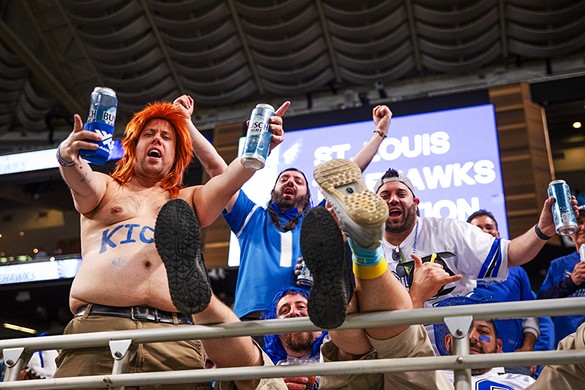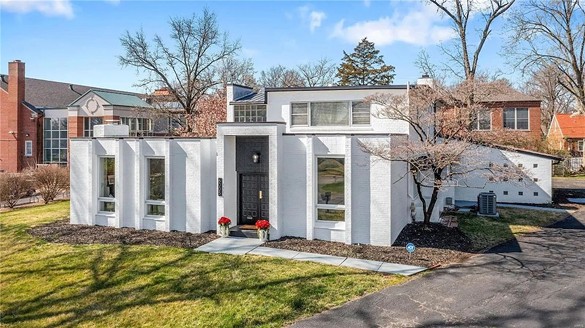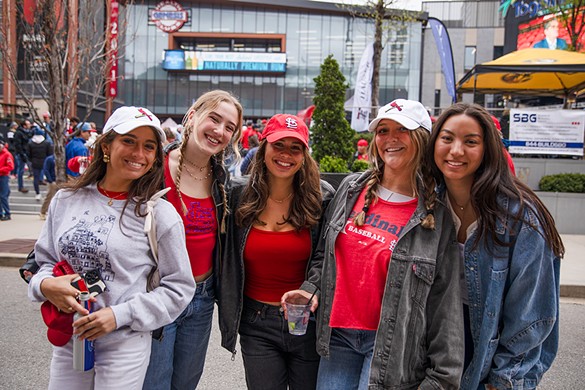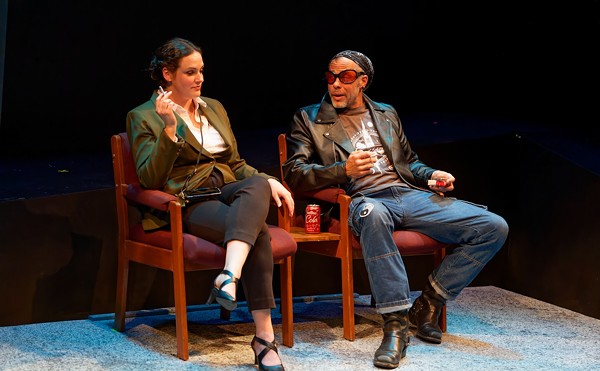We’ve gathered together a collection of some of the best places to honor Black history in St. Louis. Some of these locations are official sites but many of them are little-known spots that can serve as starting points for educating your friends, your students or your children. This old city by the river is full of history, and as Angela Davis said, “Black history in the United States is the history of the United States.”
Black History Locations in St. Louis You Should Visit
By Riverfront Times Staff on Sat, Feb 24, 2018 at 2:14 am
We’ve gathered together a collection of some of the best places to honor black history in St. Louis. Some of these locations are official sites but many of them are little-known spots that can serve as starting points for educating your friends, your students or your children. This old city by the river is full of history, and as Angela Davis said, “Black history in the United States is the history of the United States.”
Scroll down to view images
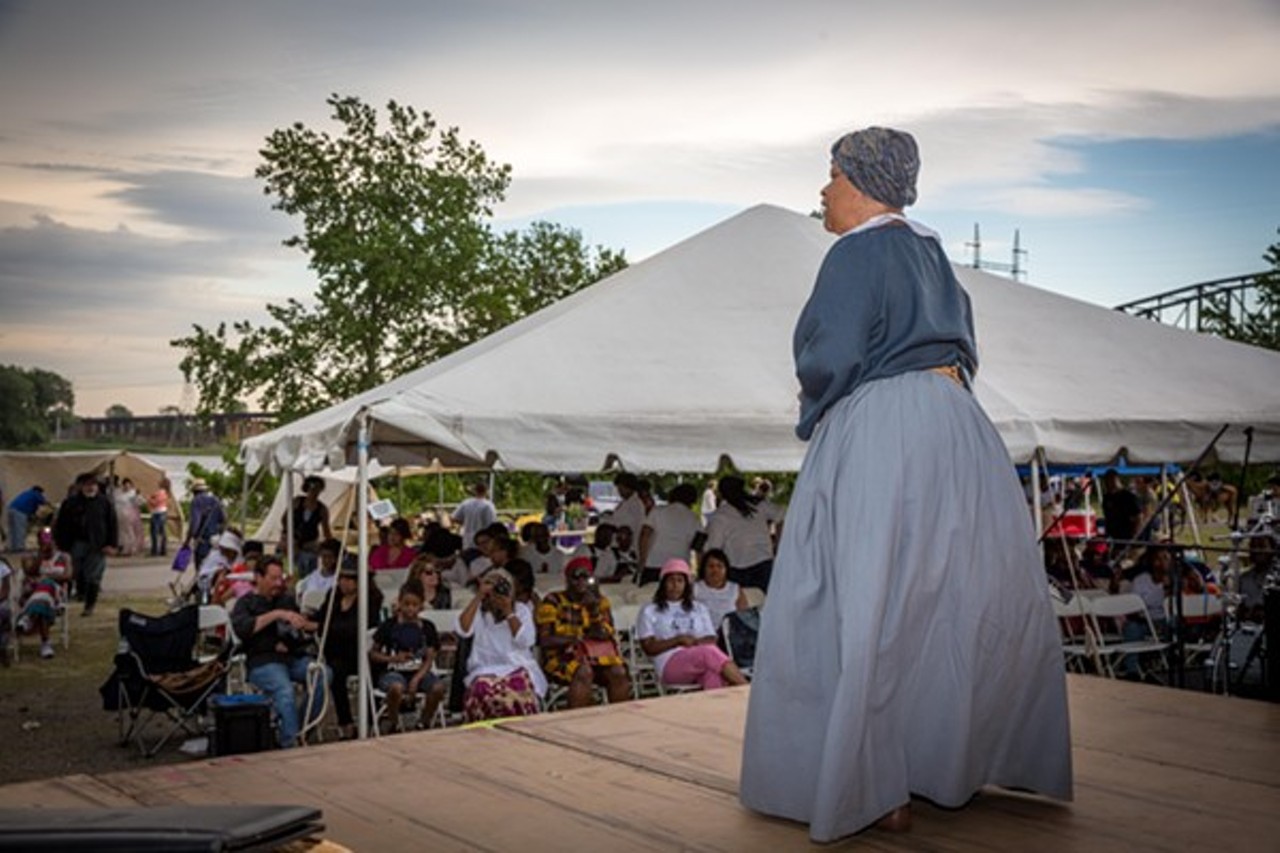
The Mary Meachum Freedom Crossing
St. Louis Riverfront Trail, South of the Prairie Ave. trailhead and north of Angelica St.The National Park Service set up signage here to mark the spot where Mary Meachum crossed the Mississippi River one night in May of 1855. Meachum helped to organize an attempt to ferry some slaves across the river into Illinois to find freedom. Unfortunately, they were caught on the other side of the Big Muddy, but Meachum’s fortitude and bravery is celebrated here. This location is on the official list of the National Underground Railroad Network to Freedom.
Photo courtesy of Great Rivers Greenway
1 of 19
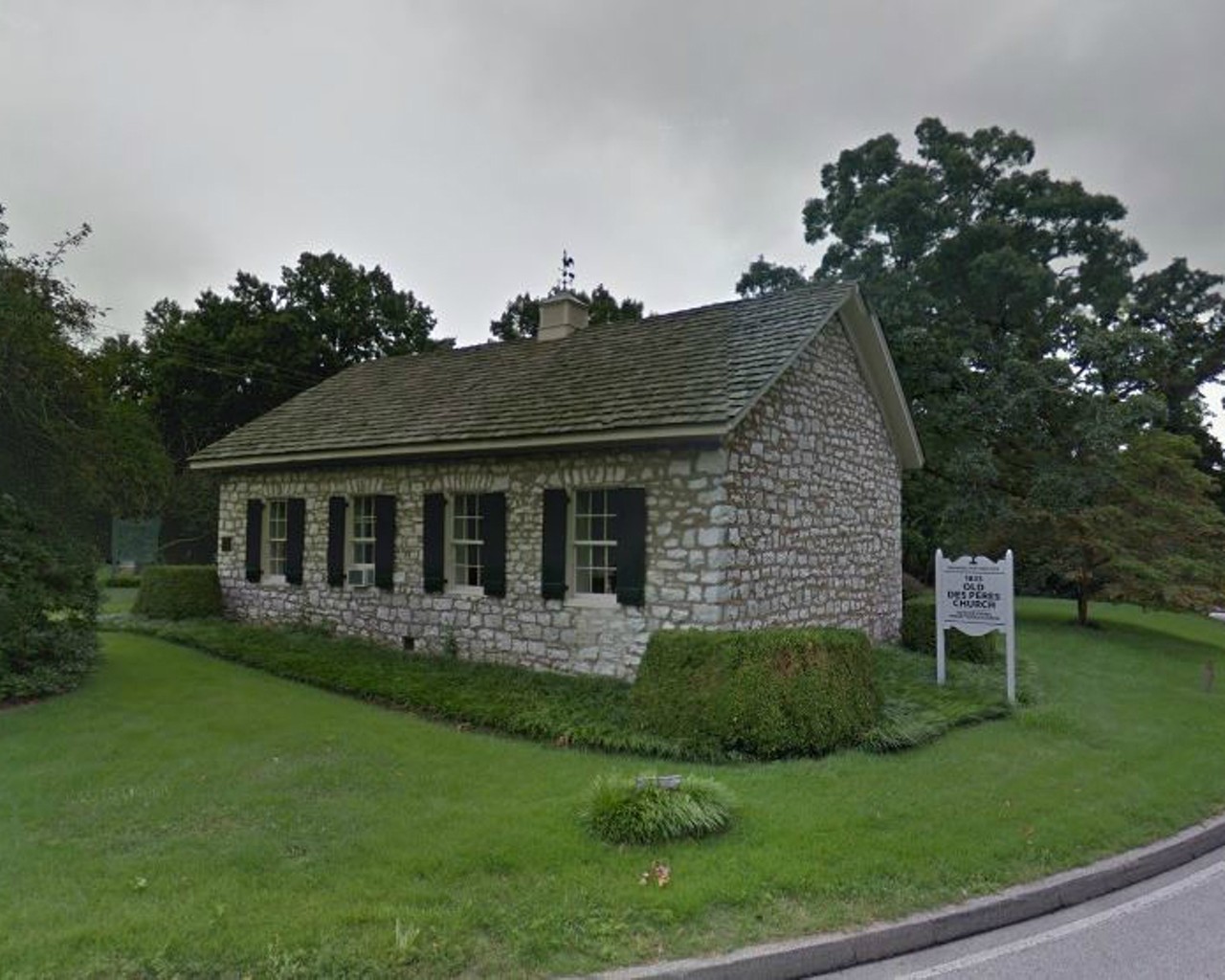
Old Stone Meeting House
2320 N. Geyer Road, 314-432-8029Though the location goes by the name “Old Des Peres Church” now, it was nicknamed the Old Stone Meeting House. The church was built by settlers in 1834, but it would serve as an important stop along the Underground Railroad just a few decades later. It was added to the National Register of Historic Places in 1978.
Photo courtesy of Google Maps
2 of 19
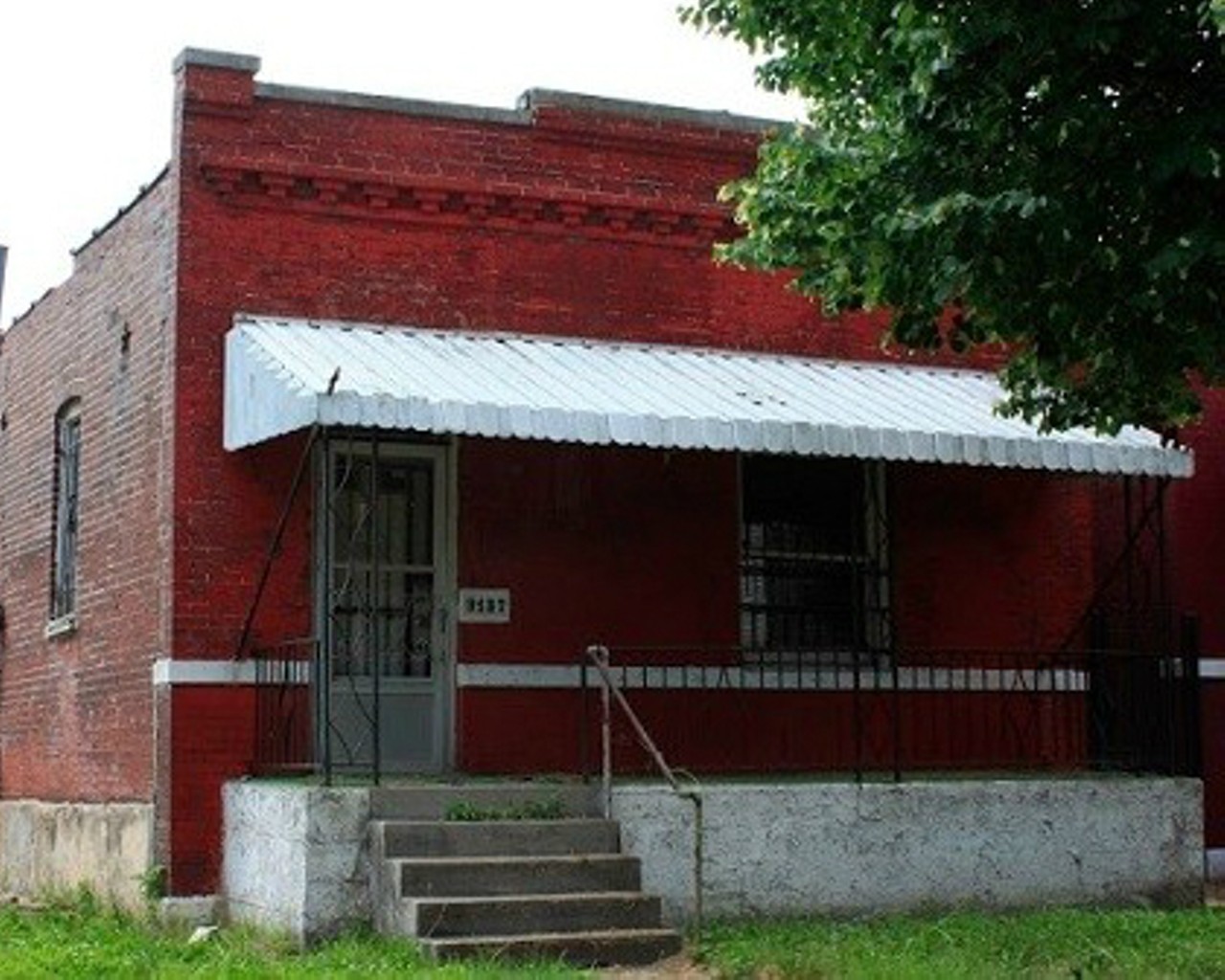
The Chuck Berry House at 3137 Whittier Street
3137 Whittier St., no phoneAlso on the National Register of Historic Places is Chuck Berry’s old house on Whittier in the Greater Ville neighborhood. The man who invented rock and roll lived here when he wrote classics such as “Maybellene,” “Roll Over Beethoven,” “Sweet Little Sixteen” and “Johnny B. Goode.” It features that classic St. Louis red brick.
Photo courtesy of Chris Naffziger / Riverfront Times
3 of 19
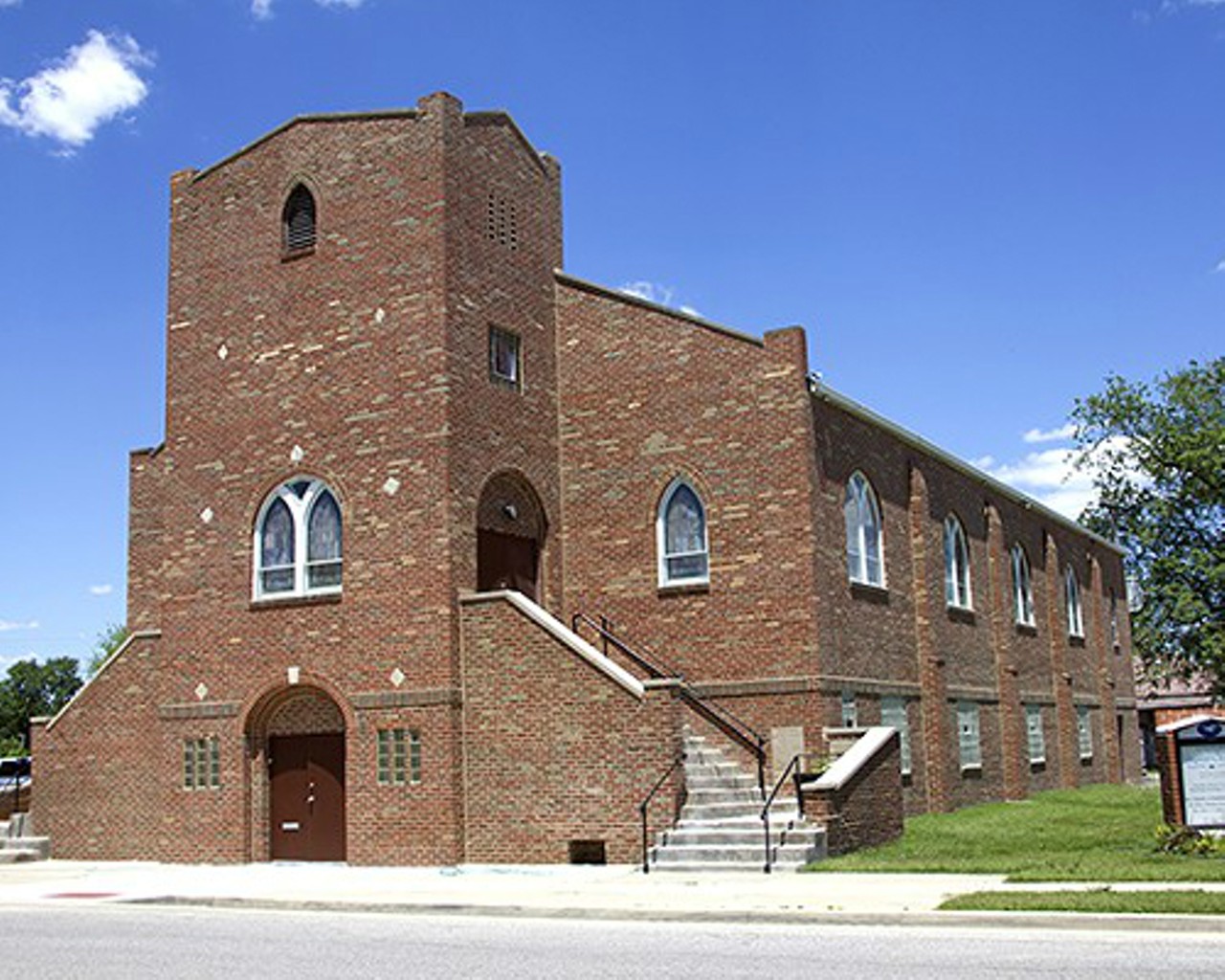
True Light Baptist Church
1535 Tudor Ave., East St. Louis, 618-874-0812The most important location in the historic race war that occurred in East St. Louis in 1917 is the True Light Baptist Church. Its bell rang to warn black residents that white rioters were moving in and the story just gets more interesting from there. The historic church is still functioning today and offers events to honor its storied past.
Photo courtesy of Danny Wicentowski / Riverfront Times
4 of 19
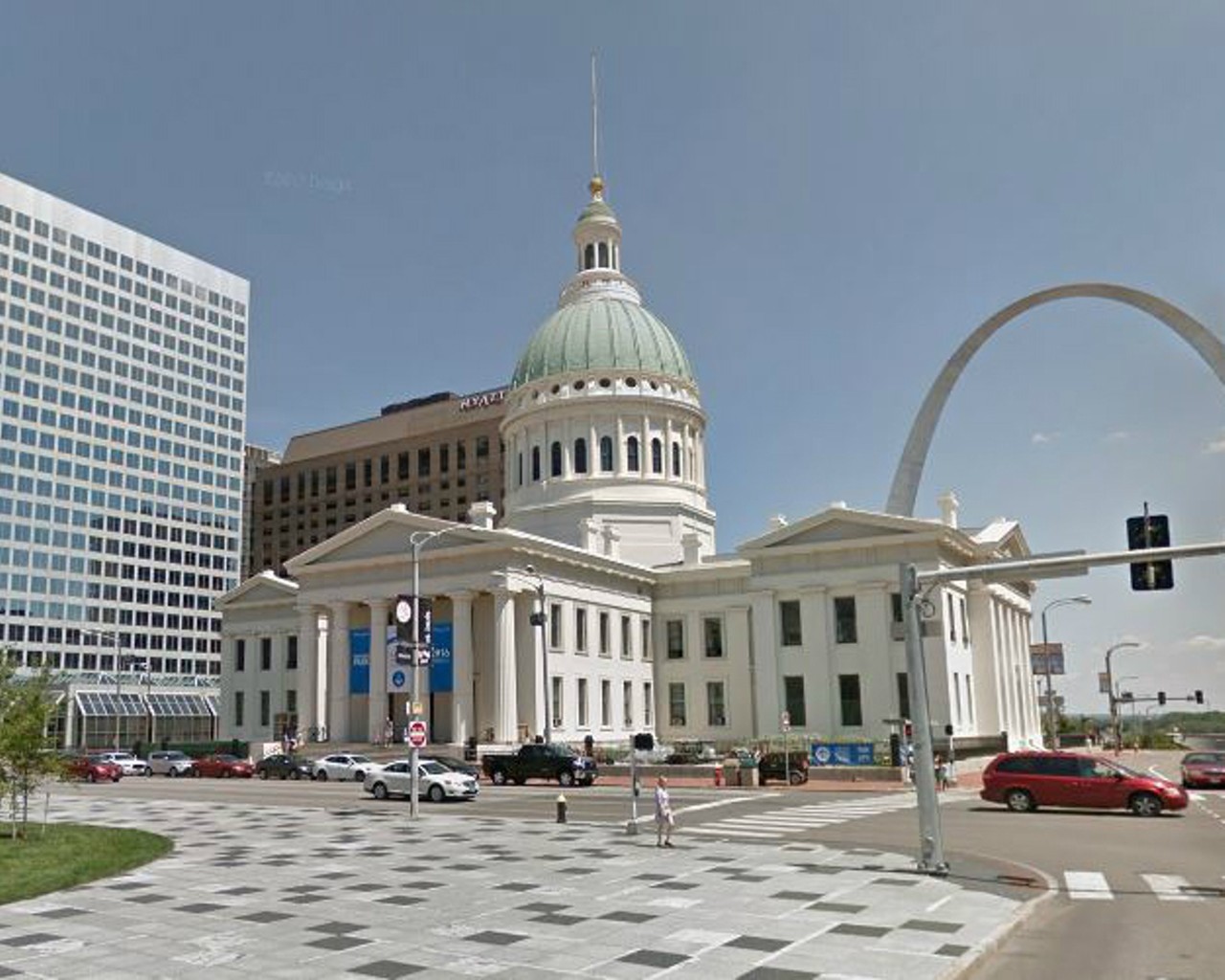
The Old Courthouse
11 N. 4th St., 877-982-1410Probably the most well-known black history site in all of St. Louis is the Old Courthouse. A couple of the most important court cases in our nation’s history took place under this roof: the Dred Scott trials. The Old Courthouse offers exhibits, dioramas and guided tours. It’s a place of massive significance and a can’t-miss for all Americans.
Photo courtesy of Google Maps
5 of 19
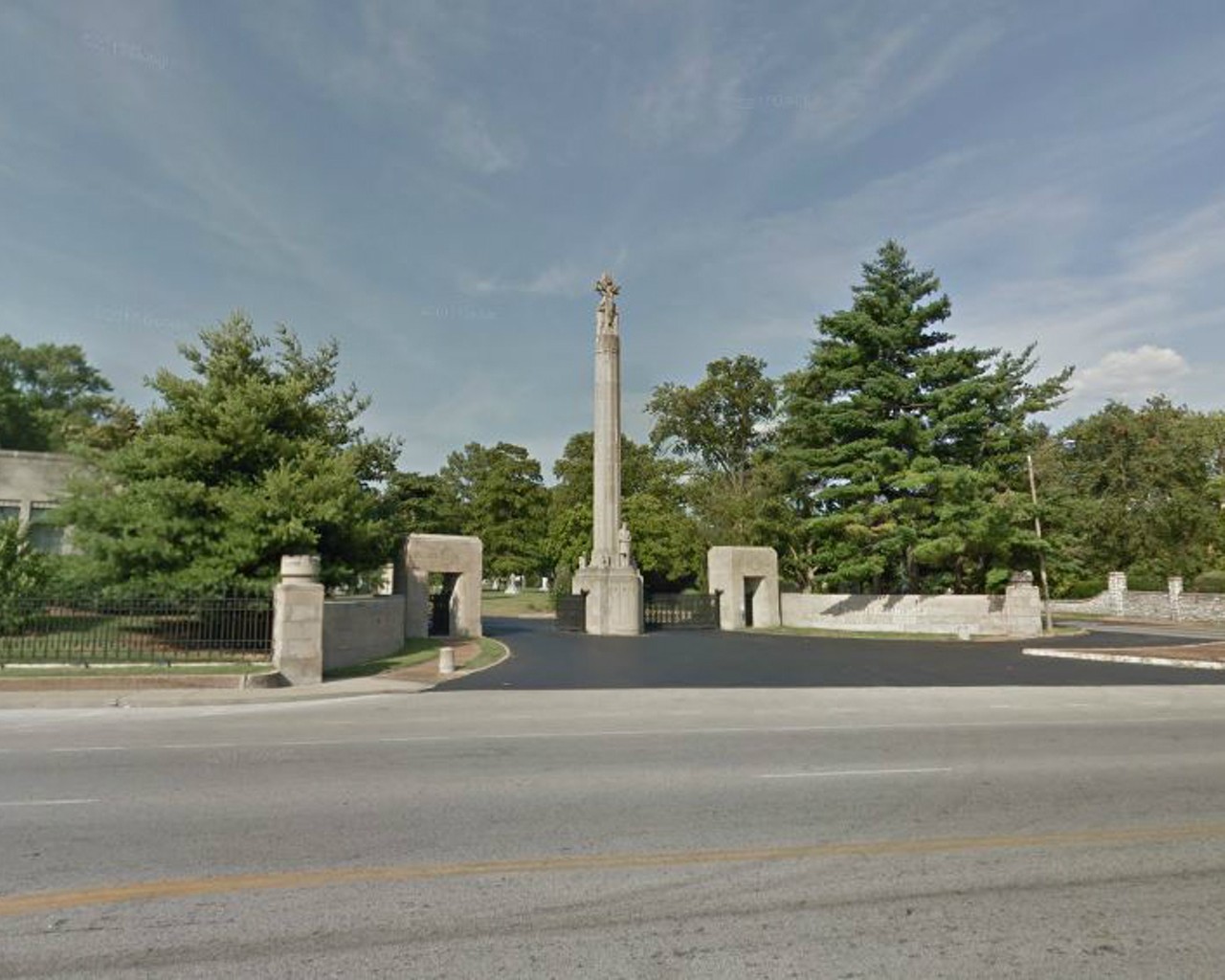
Dred Scott gravesite in Calvary Cemetery
5239 W. Florissant Ave., 314-792-7738After you’ve seen the Old Courthouse, take a trip up to West Florissant Avenue to visit the grave of the man himself. At this peaceful, inspirational site, you’ll always find a pile of pennies on top of Scott’s headstone. The pennies are left as a nod to “the great emancipator,” Abraham Lincoln. Each penny represents a person who has recently visited to pay their respects.
Photo courtesy of Google Maps
6 of 19
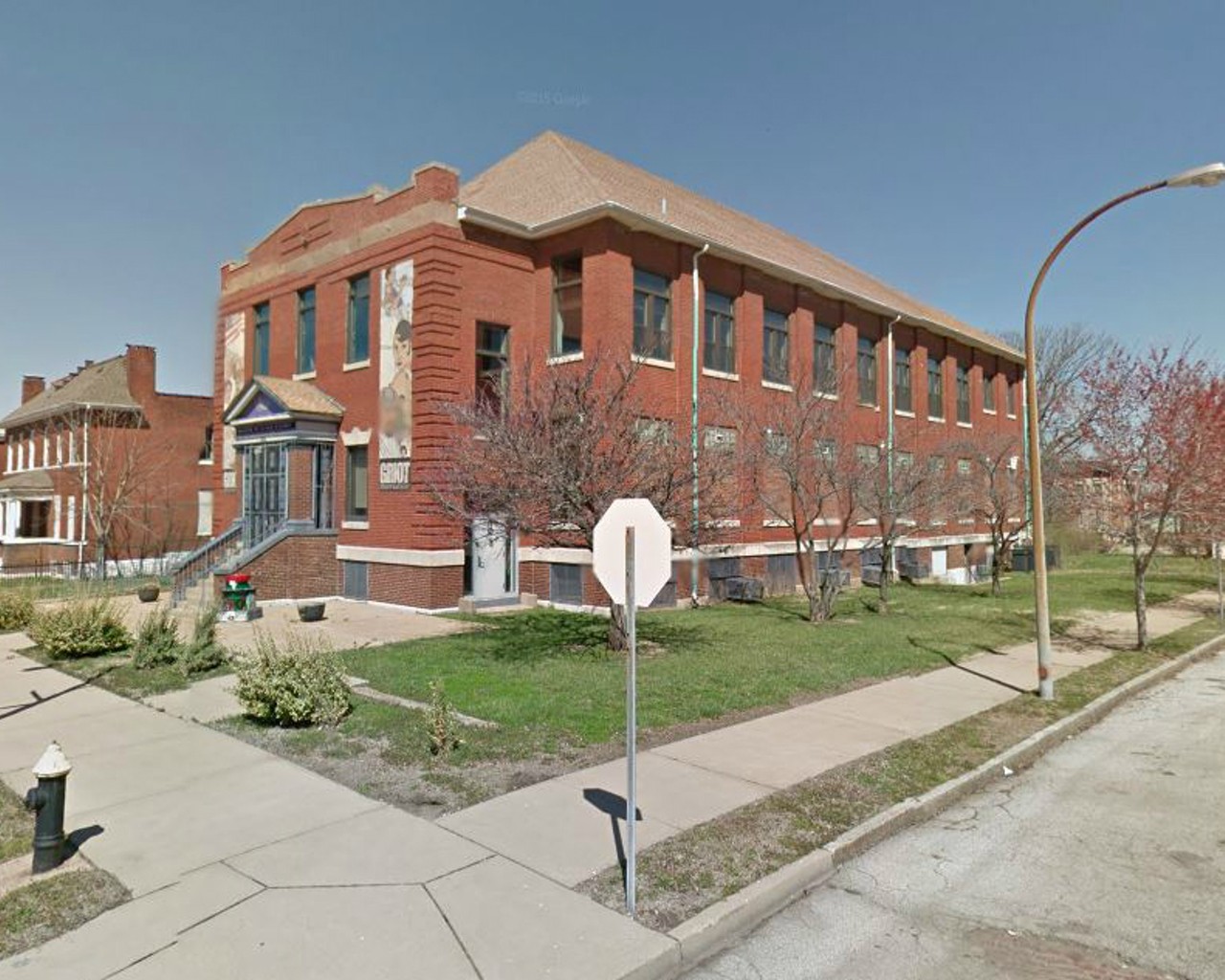
The Griot Museum
2505 St. Louis Ave., 314-241-7057The Griot is a great place to start when learning about black history. Visitors can view wax figures, artifacts and memorabilia of Dred and Harriet Scott, Josephine Baker, Dr. Martin Luther King Jr., Miles Davis and more. The museum also hosts events including community outreach and gallery talks and is a welcoming location for field trips.
Photo courtesy of Google Maps
7 of 19
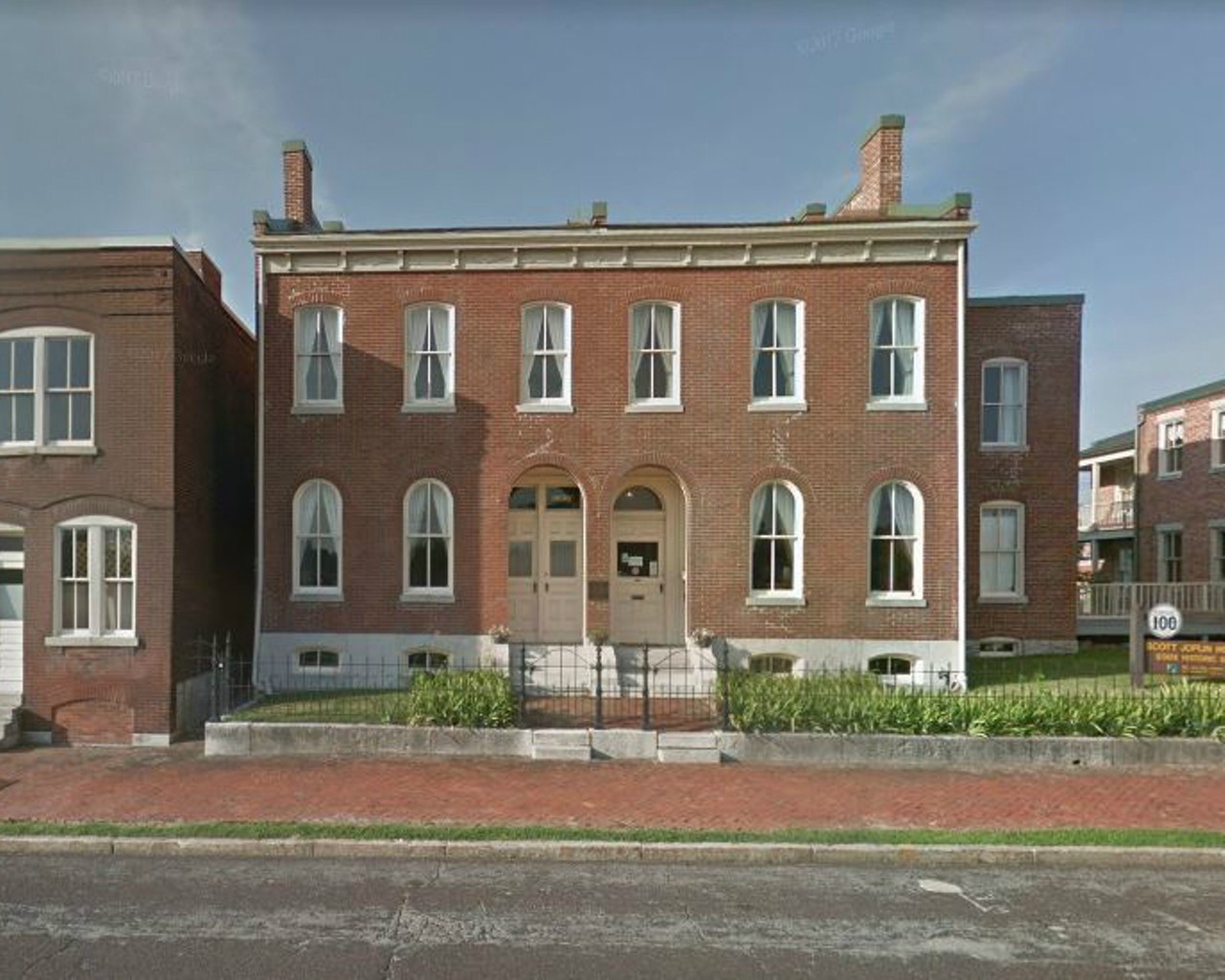
The Scott Joplin House State Historic Site
2658 Delmar Blvd., 314-340-5790It’s difficult to believe that this little apartment on Delmar housed a giant of music history. After receiving a degree in music from the George R. Smith College For Negroes in Sedalia, “The King of Ragtime” became a national sensation when he published “Maple Leaf Rag.” Once he found success, Joplin and his wife moved to this apartment in St. Louis where he wrote other famous compositions, including “The Entertainer.”
Photo courtesy of Google Maps
8 of 19
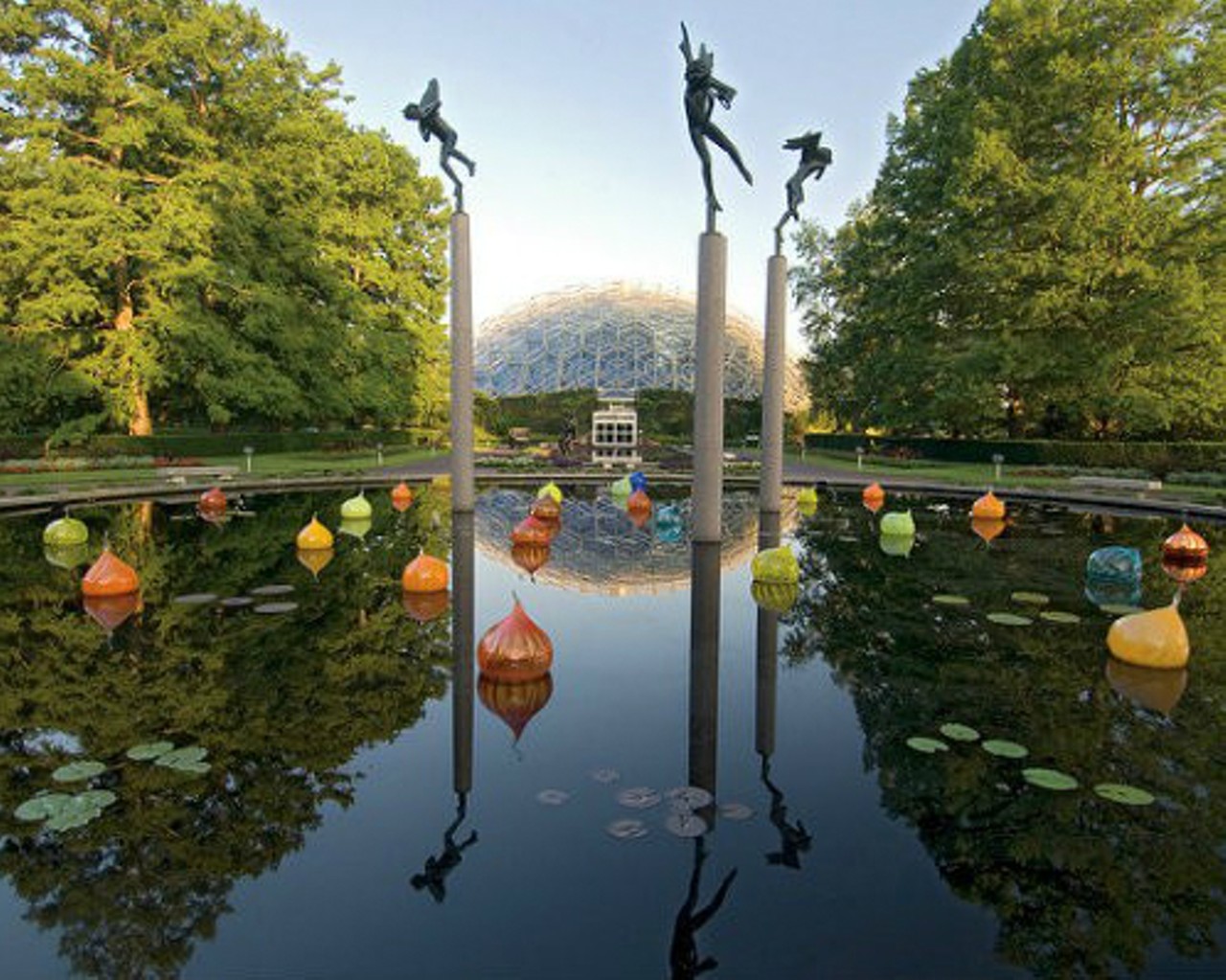
The George Washington Carver Garden at Missouri Botanical Garden
4344 Shaw Blvd., 314-577-5100Aside from being one of the most beautiful locations in the city, the Missouri Botanical Garden also has an area dedicated to George Washington Carver. Carver was not just “the peanut guy,” he was one of the biggest early leaders of environmentalism. Carver promoted crop rotation as a method to ward off soil depletion, a move that also improves farmers’ crops and profits. He was celebrated in his time and is still being celebrated today for his forward-thinking and wide range of accomplishments.
Photo courtesy of Missouri Botanical Garden
9 of 19
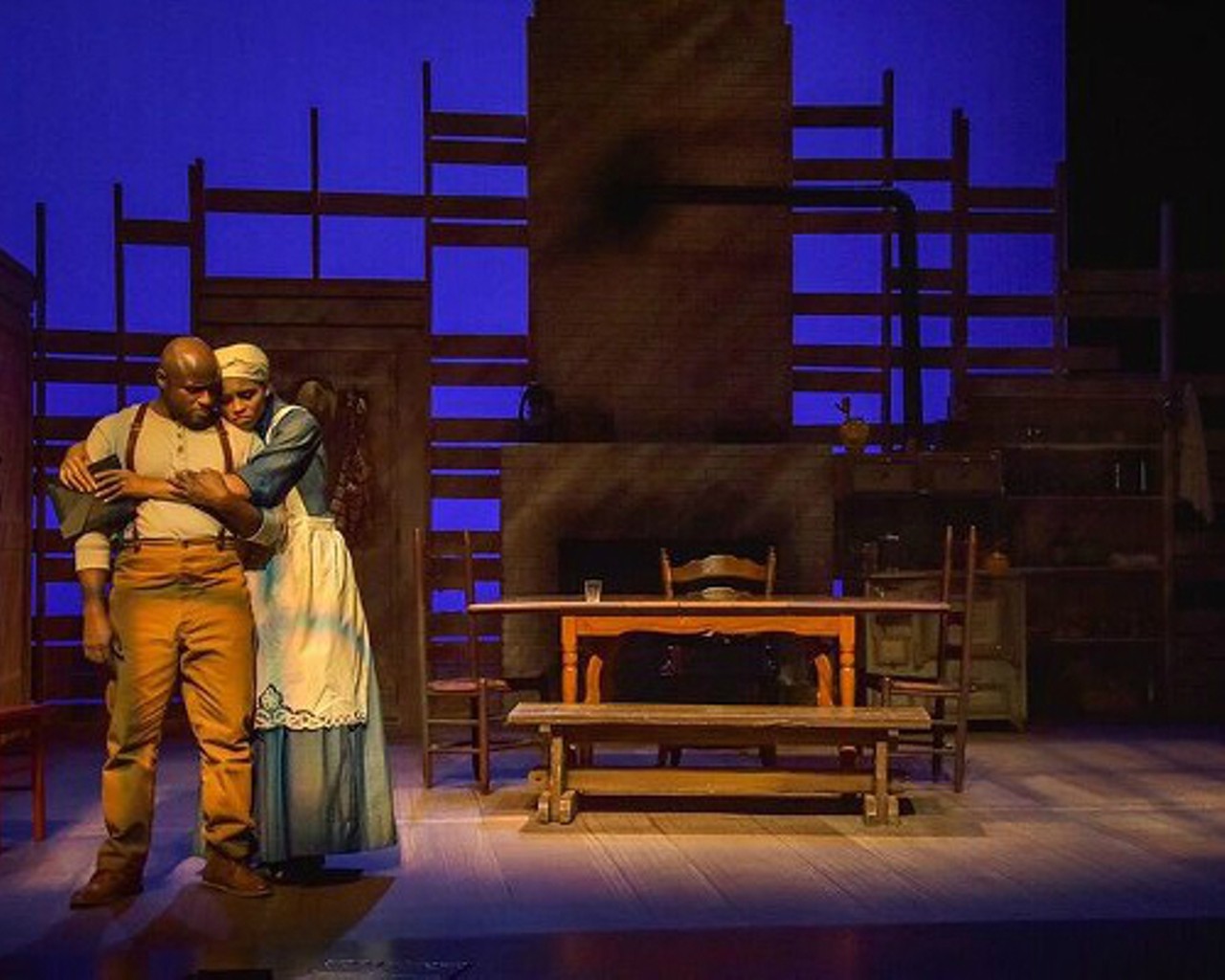
The Black Rep
6662 Olive Blvd., 314-534-3807If you want to see some of the best talent in town, look to the Black Rep. It’s the largest African-American performing arts organization in Missouri and the largest professional African-American theatre company in the nation. Founded in 1980, the Black Rep makes history every day and the productions are performed for an audience of over 25,000 people annually.
Photo courtesy of Phillip Hamer
10 of 19
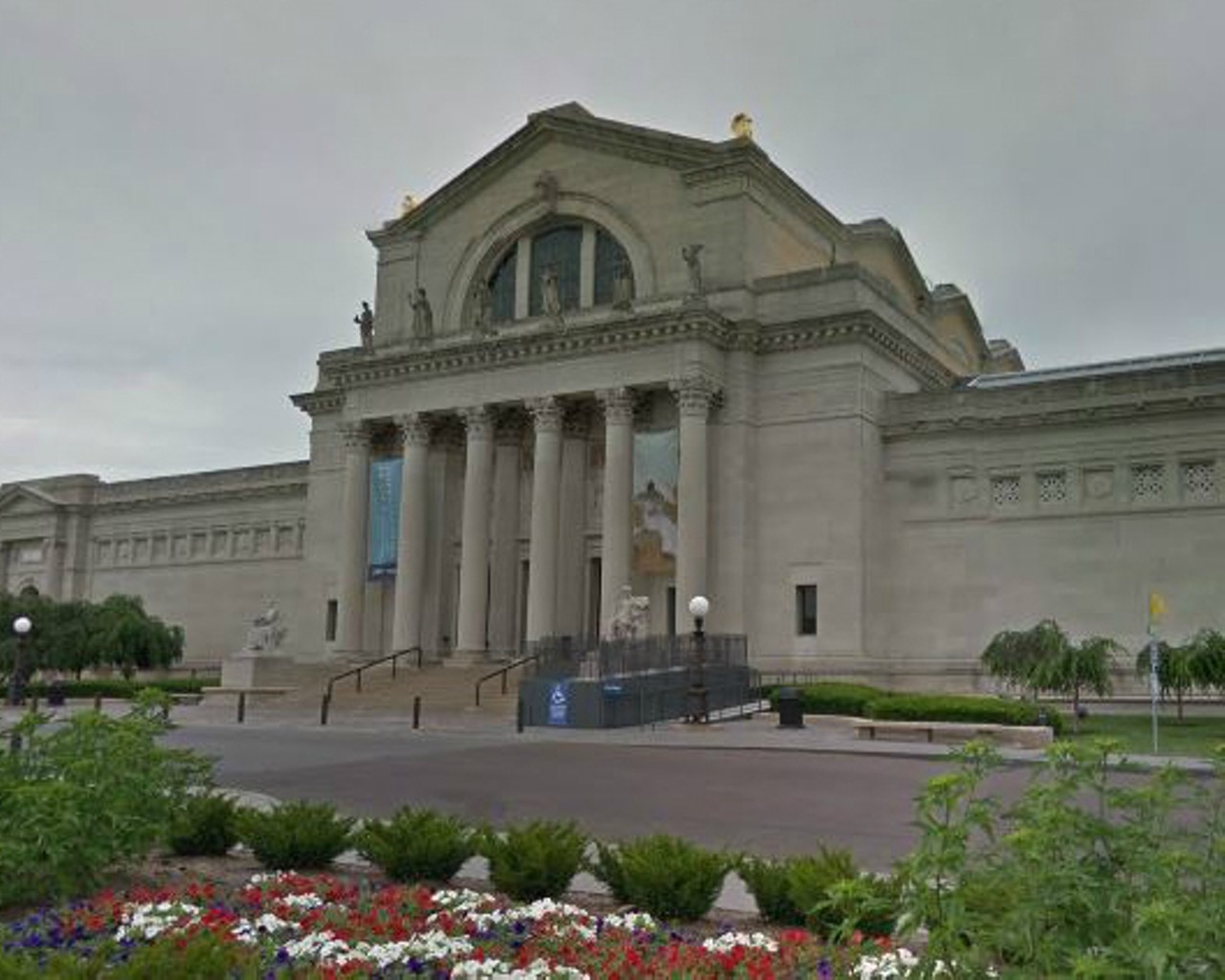
St. Louis Art Museum African Arts Collection
1 Fine Arts Dr., 314-721-0072This is one of the deepest, most extensive collections of African art at any major museum in the nation. The St. Louis Art Museum began collecting African art in 1936 and has grown to include more than 1,200 works. From figures to pots to masks to cloth to paintings, the St. Louis Art Museum has it all waiting for you.
Photo courtesy of Google Maps
11 of 19
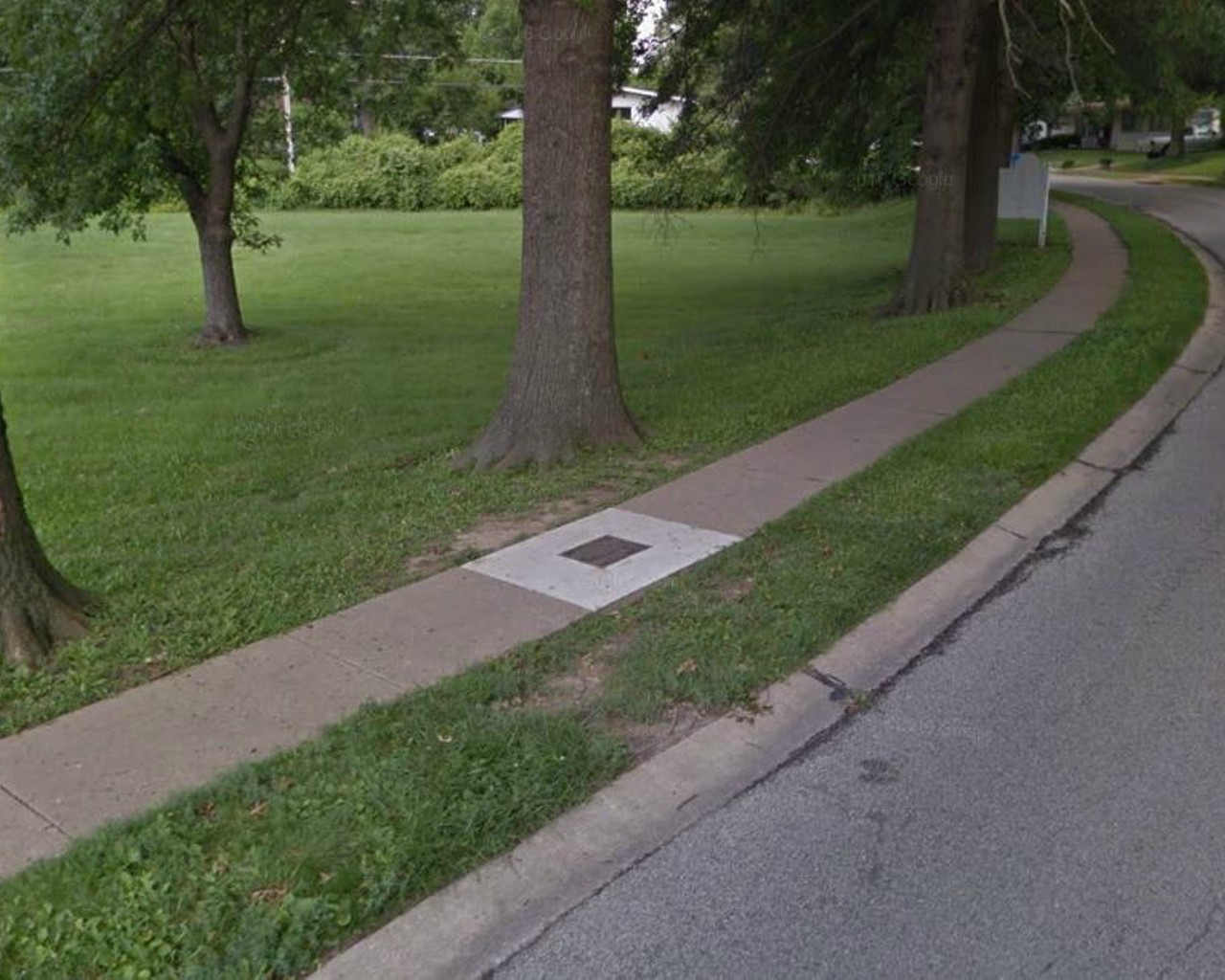
Michael Brown Memorial Plaque
2998 Canfield Dr., Ferguson, MONobody could’ve predicted that his unassuming neighborhood would become the epicenter of the modern civil rights movement. This modest plaque on Canfield Drive serves as the public memorial site for Michael Brown. This location has been a gathering site since the Ferguson youth was shot here in August of 2014 and it remains a moving place for people to gather, reflect and plan for community action.
Photo courtesy of Google Maps
12 of 19
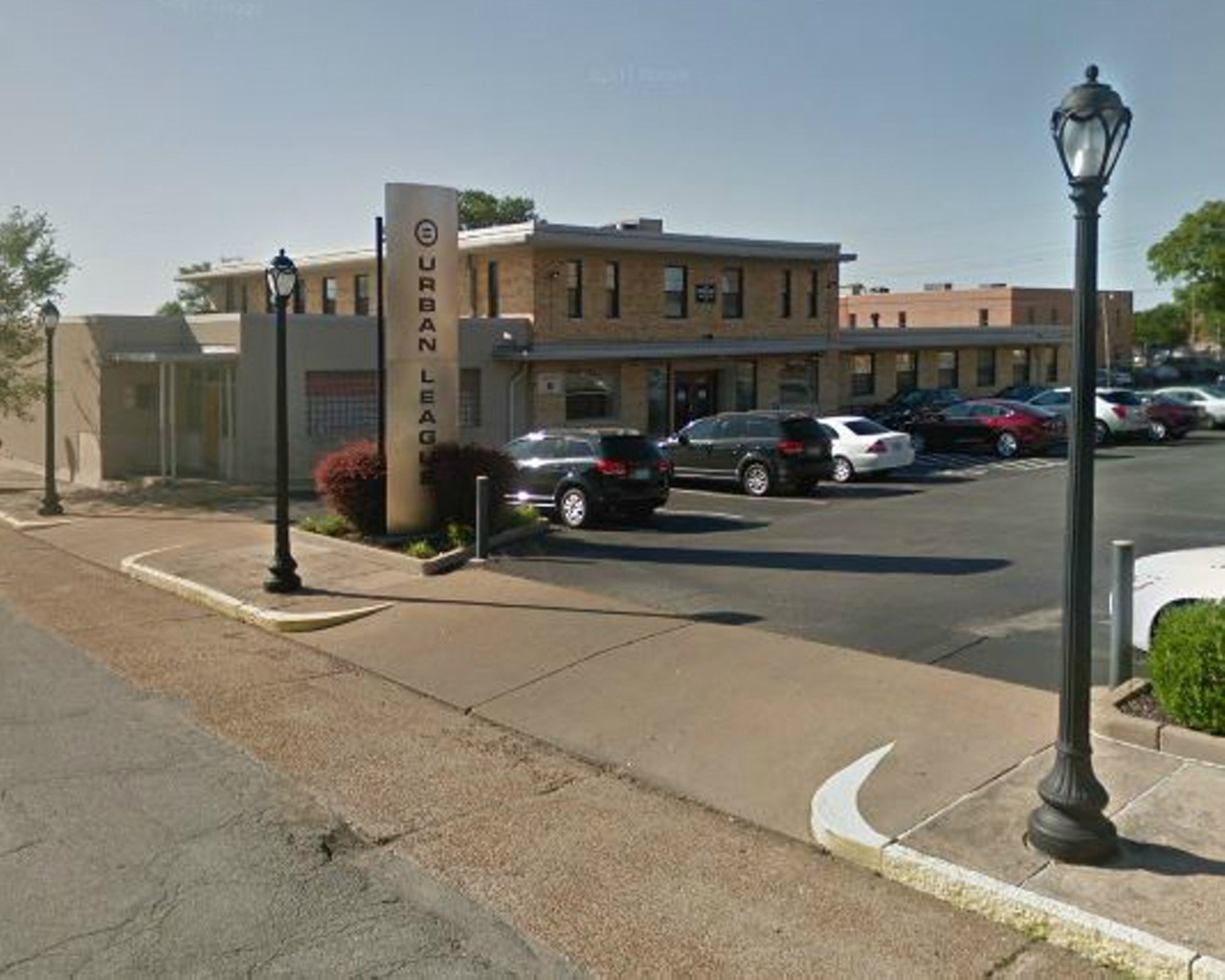
Vaughn Cultural Center
3701 Grandel Sq., 314-615-3633Located in Grand Center at the Urban League Headquarters, the Vaughn Cultural Center is “devoted to the display of African American artistic, cultural and historical materials.” The center aims to promote awareness of African American history and culture. The space is a hot spot for classes, artists, poets, musicians and the occasional party.
Photo courtesy of Google Maps
13 of 19
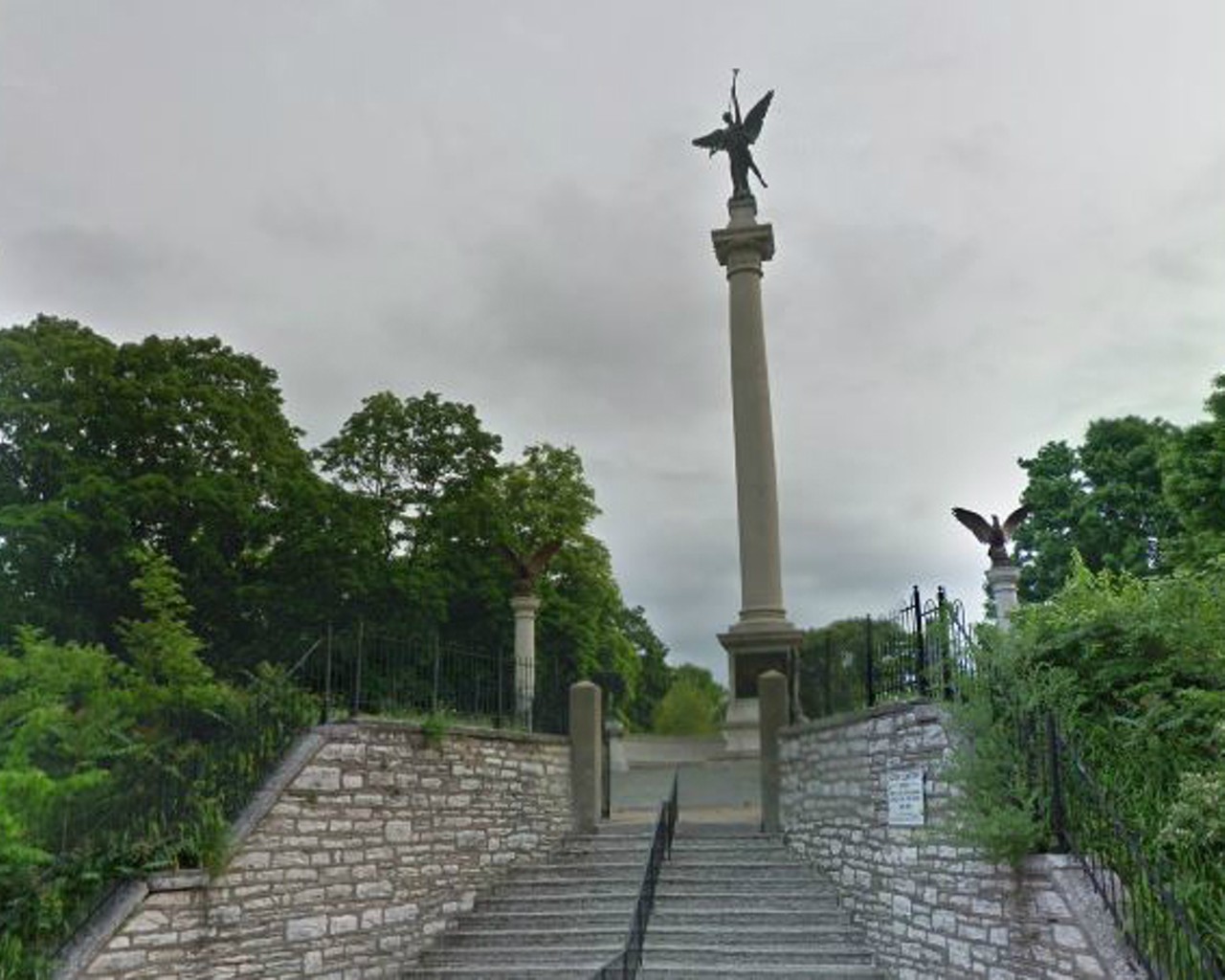
Elijah P. Lovejoy Monument
Monument St. & 5th St., 800-258-6645Elijah Parish Lovejoy was a Presbyterian minister and one of the most well-known abolitionists of his time. He was also a champion of journalism and served as the editor of the St. Louis times before he was run out for his anti-slavery views. Lovejoy moved the paper to Alton renamed it the Observer and continued to print abolitionist materials. He did not find peace there, either. One night in 1837, Lovejoy was murdered while defending his printing press from an angry mob. The city of Alton honors him with this monument.
Photo courtesy of Google Maps
14 of 19

Eugene Field House Museum
634 S. Broadway, 314-421-4689The Field House Museum was established in honor of Roswell Field, a lead attorney for Dred Scott. The plaque on the home was dedicated with the help of Mark Twain in 1902. Roswell Field and his wife lived there for a time, but the house was saved from demolition in 1934 by the (false) claim that Field was born there. He wasn’t, which cheeky Mark Twain knew. That adds an extra layer of local interest.
Photo courtesy of Google Maps
15 of 19
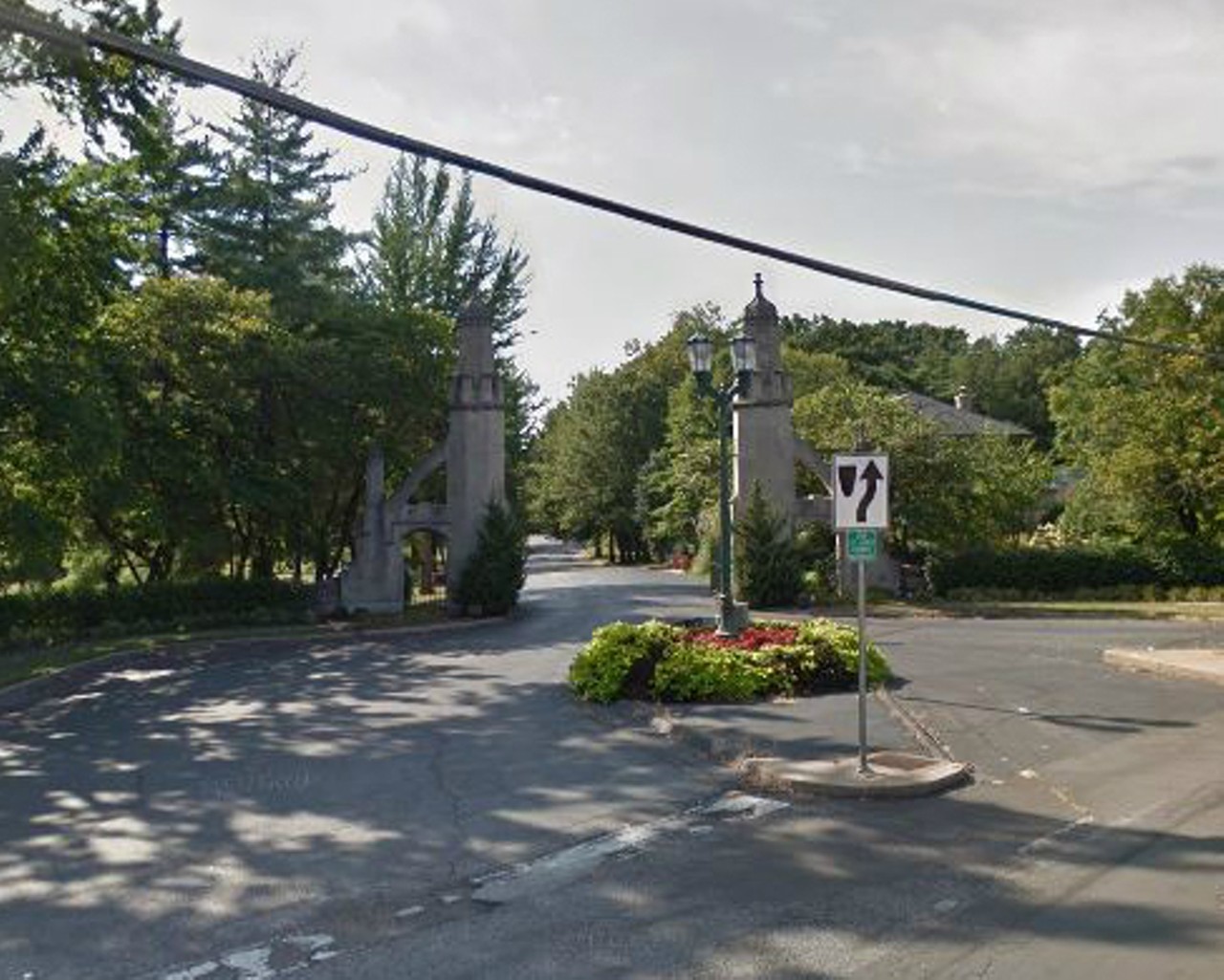
James “Cool Papa” Bell gravesite St. Peter’s Cemetery
2101 Lucas and Hunt Rd., 314-385-0841After moving to St. Louis from Mississippi at the age of 17, Bell played ball all over town before joining the St. Louis Stars (a Negro National League) in 1922. He moved positions to center field, learned to be a switch hitter and became known as one of the fastest men in baseball. (Pitchers wouldn’t walk him because he could easily steal to second or third base.) Bell’s gravestone is moving, including his impressive awards and this quote: “Some people say I was born too soon, but that’s not true, they opened the doors too late.”
Photo courtesy of Google Maps
16 of 19
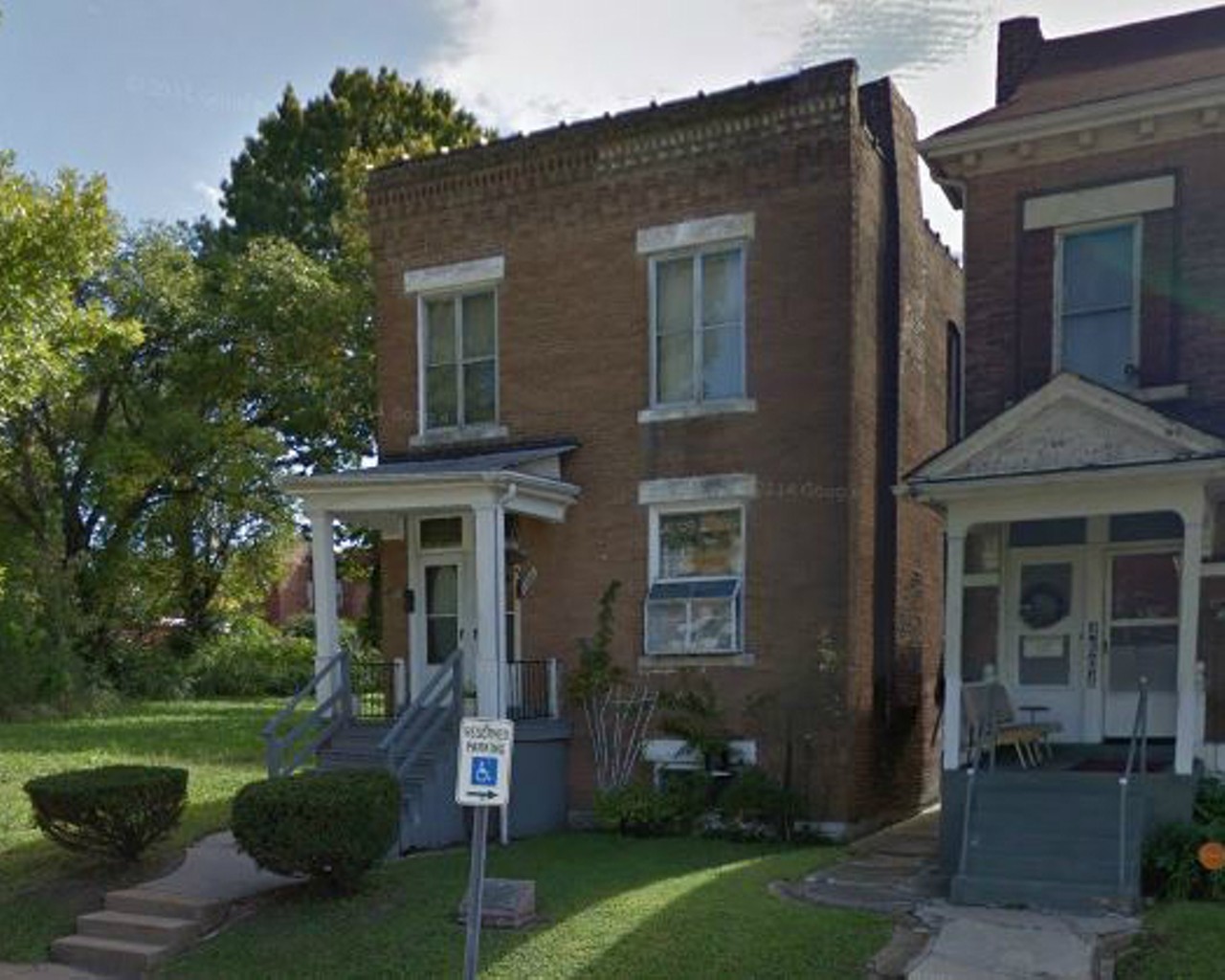
The Shelley House
4600 Labadie Avenue, no phoneIn 1945, the Shelley family bought this historic house that would become the focus of the Supreme Court case Shelley v. Kraemer.. The Shelleys were a black family and purchased the house without knowing that the property had a restriction attached that it not be sold to “people of the Negro or Mongolian Race.” The courts would eventually determine that racially restrictive covenants cannot be enforced and that doing so would be in violation of the 14th Amendment.
Photo courtesy of Google Maps
17 of 19
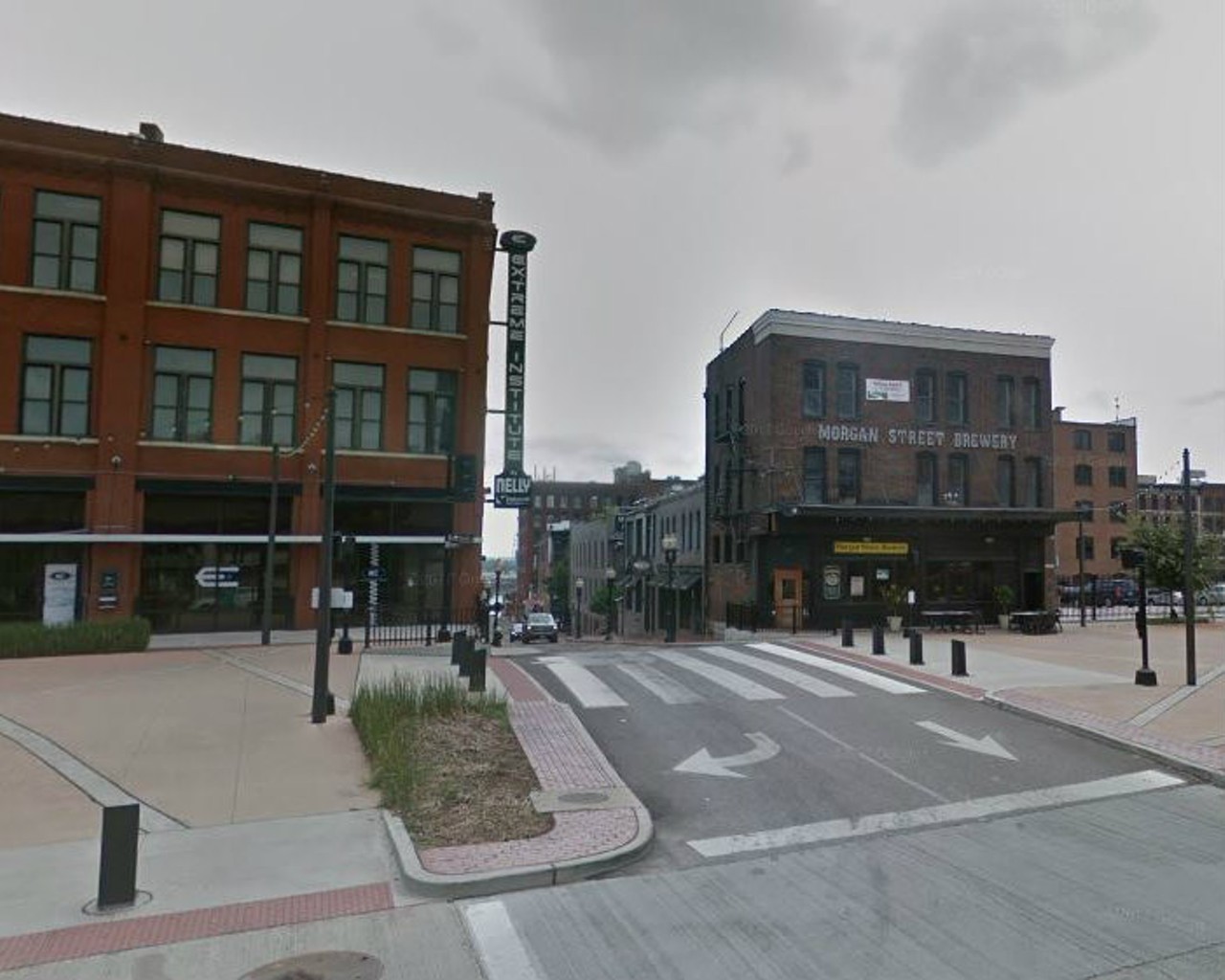
The Bill Curtis Saloon
1101 Morgan St., no phoneDown this alley at 1101 Morgan Street an event occurred that influenced the enduring song, “Stagger Lee.” It was here on Christmas night that a pimp by the name of Lee Shelton got into a fight with William “Billy” Lyons. The story goes that Lyons took Shelton’s hat, so Shelton shot him and took it back. The tale inspired a classic American folk song, first published in 1911 and eventually recorded by everyone from Wilson Pickett, to James Brown to St. Louis’ own Ike and Tina Turner.
Photo courtesy of Google Maps
18 of 19
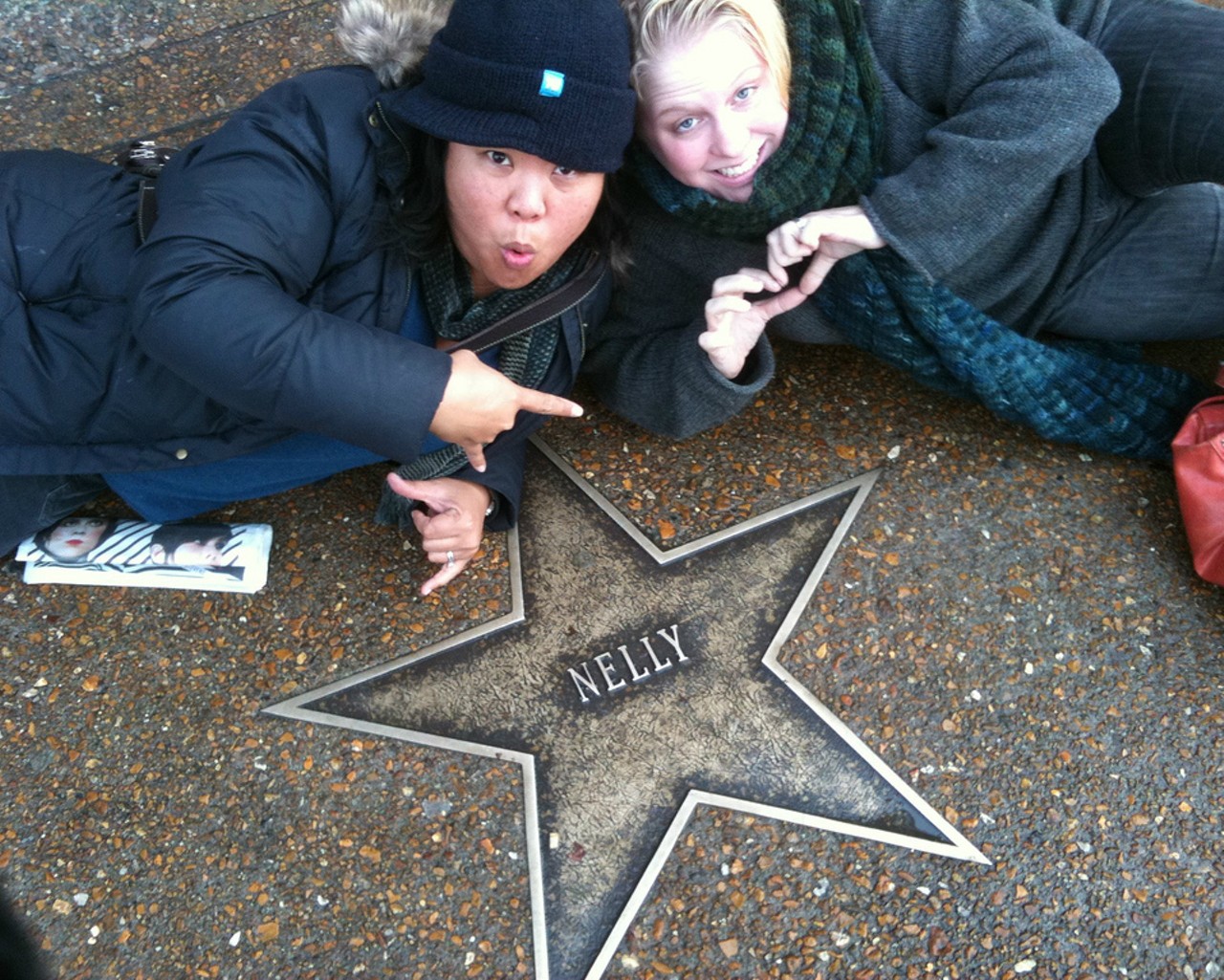
St. Louis Walk of Fame
6504 Delmar Blvd., 314-727-7827If you want to know anything about black history in St. Louis, you must visit Delmar Boulevard. Not only is the street known the line that divides the city by race, it’s also the home of the St. Louis Walk of Fame, with a large section of the sidewalks being used to honor great St. Louisans. Here you can find tributes to notable black stars like Jackie Joyner-Kersee, Ozzie Smith, Chuck Berry, Maya Angelou, Fontella Bass and, of course, Nelly.
Photo courtesy of ann-dabney / Flickr
19 of 19
- Local St. Louis
- News
- Things to Do
- Arts & Culture
- Food & Drink
- Music
- Movies
- St. Louis in Pictures
- About Riverfront Times
- About Us
- Advertise
- Contact Us
- Jobs
- Big Lou Holdings, LLC
- Cincinnati CityBeat
- Louisville Leo Weekly
- Detroit Metro Times
- St. Louis Riverfront Times
- Sauce Magazine


